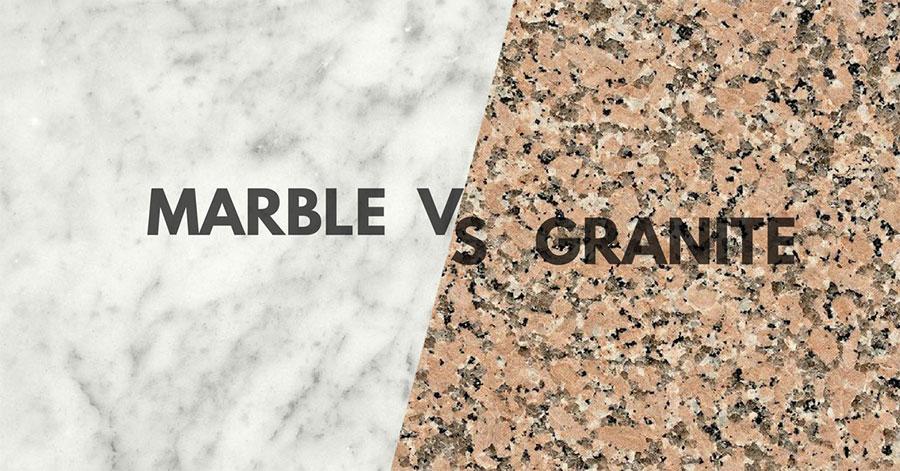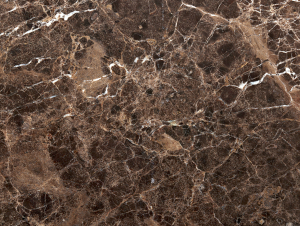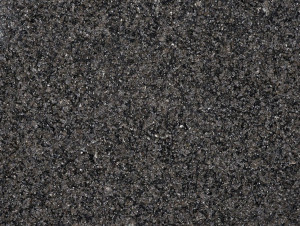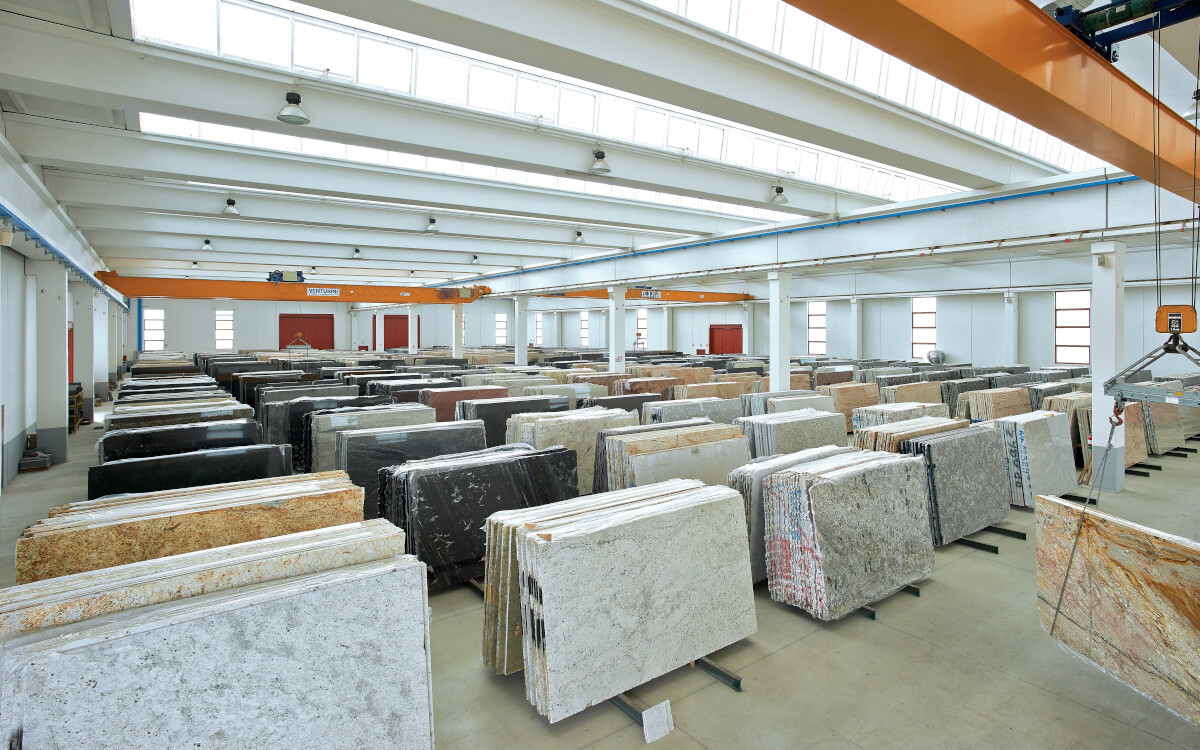
Marble or Granite? What is the difference? When and why should you choose marble or granite?
Let’s look together at the differences between these two materials
If you ask a stone mason, he’ll answer you succinctly (he couldn’t do otherwise): “Granite is harder”. That means that granite is a very hard material, more difficult to cut, finish or polish than marble.
Due to its hardness, granite is more resistant than marble and its surface wears less quickly: it is not easily scratched and does not easily break. The polished surface remains undamaged for a relatively long period. Even under heavy use, granite makes for a robust floor covering and is hardly acid-sensitive.
The differences between marble and granite are a result of their geological origins
In the wide range of natural stones, the choice between marble and granite often leads to a journey to discovery the geological roots.
 Emperador Dark
Emperador Dark
Marble is created in places where geological forces have transformed ancient marine deposits into high-quality marble blocks.
It is a sedimentary rock and formed the deposition of organic and mineral particles (e.g. mud, shells, seaweeds, minerals ) in different layers within bodies of water, then transformed by weathering and pressure in millions of years. During this process, the sediments discolour and harden, sometimes the original materials are significantly changed. That’s how the different types of marble are originated such as Bianco Carrara, Botticino, Nero Marquina, Emperador etc. Being a sedimentary rock, marble is mainly made of calcium carbonate and therefore sensitive to descaling agents.
However, the result is a natural stone that shows elegance and history. Thanks to its different colours, veins, and shades, it is considered a characteristic design element.
 Nero Impala
Nero Impala
On the other hand, granite stands out for its strength and durability, it is a material of volcanic origin that has slowly cooled. This process took place inside the Earth's crust, in magma chambers, where minerals such as feldspar, quartz and mica combined to form the characteristic crystalline structure of granite. In countries such as Brazil, India and China, granite quarries bear witness to the majestic geological process from which this material was created.
Granite consists mainly of silicates and its grain-structure is harder and more compact than marble. In addition, it is not too susceptible to acids, when lemon juice, Coca Cola or descaling agents stain the surface, they will not do any major damage. However, grease stains may penetrate between the individual grains of granite and be absorbed by the material.
Speaking about material hardness, marble is commonly used for indoor design and granite for outdoor design. Due to the properties described so far, we always recommend granite for well attended areas, such as an atrium in public buildings, train stations or airports, etc. Marble, on the other hand, is suitable for interiors and private homes, as kitchen countertops and vanity tops. Marble is not susceptible to fatty substances, but to acids.
However, for both marble and granite, products can be applied to the surface to provide good protection against the substances and situations above mentioned. Of course, these are general indications that apply when mainly local products can be found on the market. Nowadays, people travel to India, Brazil, and South Africa to select and check granites with a wide variety of colours and designs.
The choice of material depends on furnishing details.
Even though everything is clear so far, the choice between marble and granite is still subject to other factors. If you want to furnish a modern building, you can choose between a lot of different granites. Those of our customers, who have already visited our large warehouse, know exactly what we are talking about!
So why not choose marble? However, you should definitely consider the previously mentioned characteristics.
The colour shades of marble are more effective than those of granite. Generally, the colours of marble are more brilliant and the different colours can be better combined with each other. Just think of a chessboard or geometrical pattern made of marble.
Modern pavement is wonderfully designed by granite, marble flooring is used for modern and for antique design. Renovating your home, when situated in an ancient building of high-quality, you’d better choose marble for your flooring, probably you’ll prefer historic marble from Italy as Red Verona, White Carrara, Botticino or Travertine.
If you live in an area where a certain material is produced, you may want to use that material.
Certainly, it’s a matter of taste if you choose marble or granite for your home since they are both excellent and valuable products.
In fact, marble and granite are widely used in design and construction, but their distinguishing characteristics make them ideal for certain projects.
The focus is not only on flooring, but we are also talking about cladding, kitchen and bathroom tops, windowsills for interior and exterior design, cornices, fireplaces, and other furnishings.
Known for its beauty and thousand-year-old history, marble is widely used for flooring, wall coverings, kitchen countertops and vanity tops, as well as for artwork and sculptures. The marble Statuario for example, with its pure white hue and grey veins, is often used in interior design.
Thanks to its resistance, granite is particularly popular for kitchen and bar countertops aa well for flooring in well attended areas. In addition, it is weather-resistant and a popular choice for outdoor slabs, steps, or even monuments.
 Marmi Rossi Warehouse
Marmi Rossi Warehouse
Price difference between marble and granite
When you’ve finally decided on a specific material, you will note another difference… the price difference.
Probably you’ve selected the most expensive product and perhaps even a granite!
Nevertheless, one should not generally affirm that granite is always more expensive than marble, since the price depends frequently on the nature, thickness and finishing of the slab or its application, origin, and rarity.
These convictions still continue to prevail because one believes that the finishing of the ‚harder‘ granite is more expensive then the working of marble. (more expensive for granite because of its "hardness").
It's also important to consider the cost of long-term care. Marble needs special attention to avoid scratches and stains, as well as regular treatment to maintain its beauty. Granite is more durable and requires less maintenance, making it a cost-effective choice in the long run.
According to our previous explanations, you should not ask yourself "Does granite cost more than marble?" before you realize your project. The correct question would be: "Which natural stone fits to my needs?" and due to these criteria, you’ll be able to choose a material from our multifaceted product range.
Marble is ideal for projects where beauty and aesthetics are paramount, while granite is a practical choice in well attended areas or outdoors.
In a world where the material choice can make the difference between a mediocre project and an exceptional one, it is crucial to know the different characteristics of marble and granite. Both have the beauty and durability typical of natural stones, but it is essential to adapt the material choice to the specific needs of each client and project. Thanks to our wide range of marble and granite, you’ll surely find the perfect material to decorate your home.
